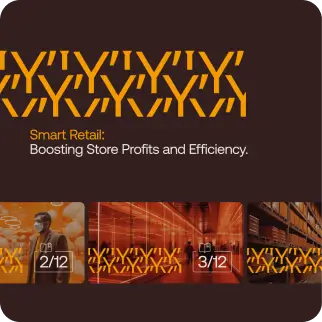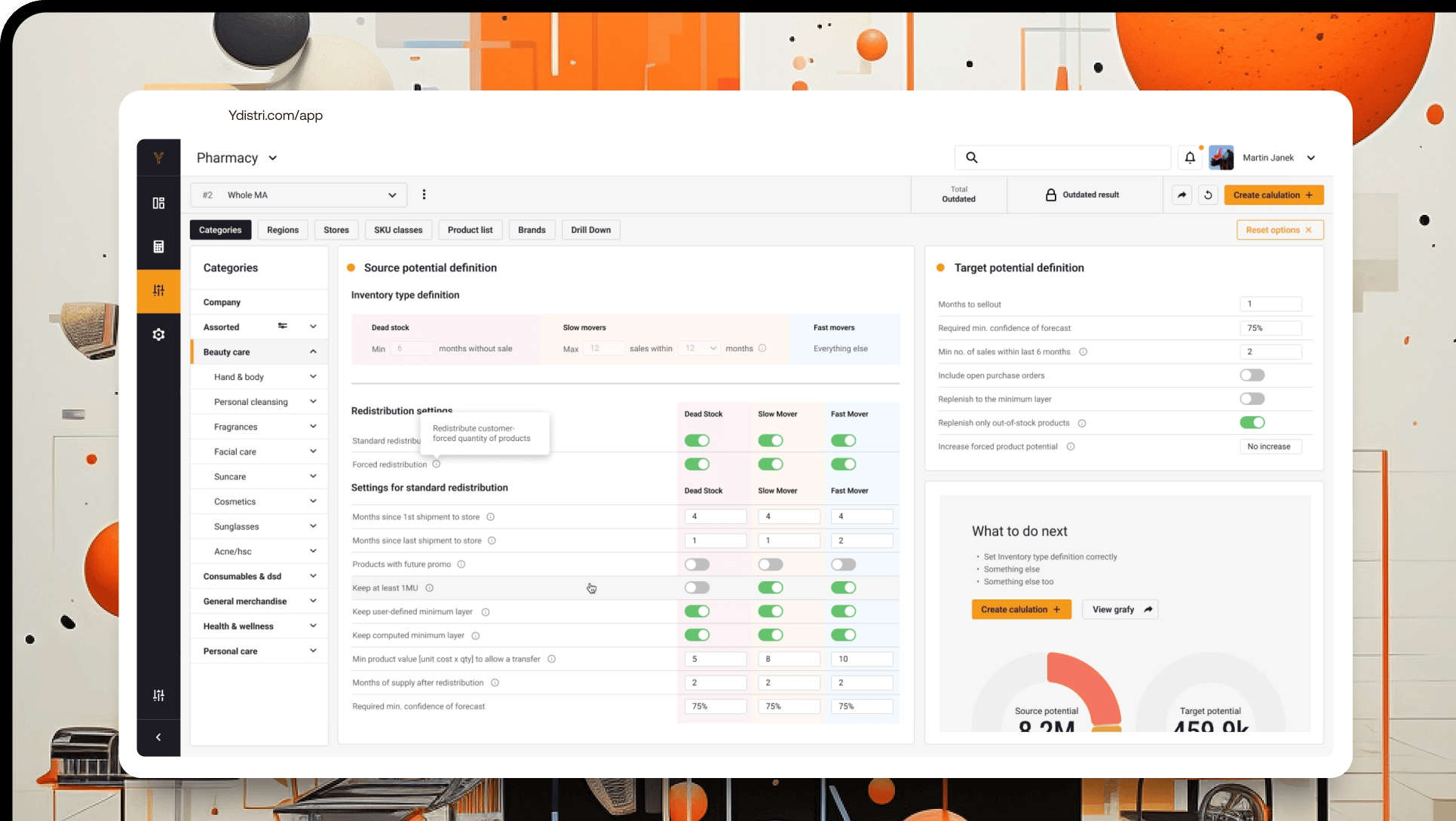Redefining Replenishment: From Traditional to Networked Systems
Traditional replenishment methods, like periodic ordering, often fall short in today’s fast-paced retail world. These outdated systems lack the real-time responsiveness needed to prevent either overstocking or stockouts. Networked replenishment strategies, on the other hand, leverage real-time data and predictive analytics, allowing retailers to adjust stock levels dynamically based on actual sales trends.
For example, while a traditional system might reorder stock based on static thresholds, a networked system can predict demand spikes and adjust orders accordingly. Consider a YDISTRI case study where a large grocery chain that implemented predictive analytics across its stores. They achieved 97% sell through rate at full price, 10X reduced working capital requirements, and 6X improvement in inventory turnover, showcasing the clear benefits of networked replenishment.



